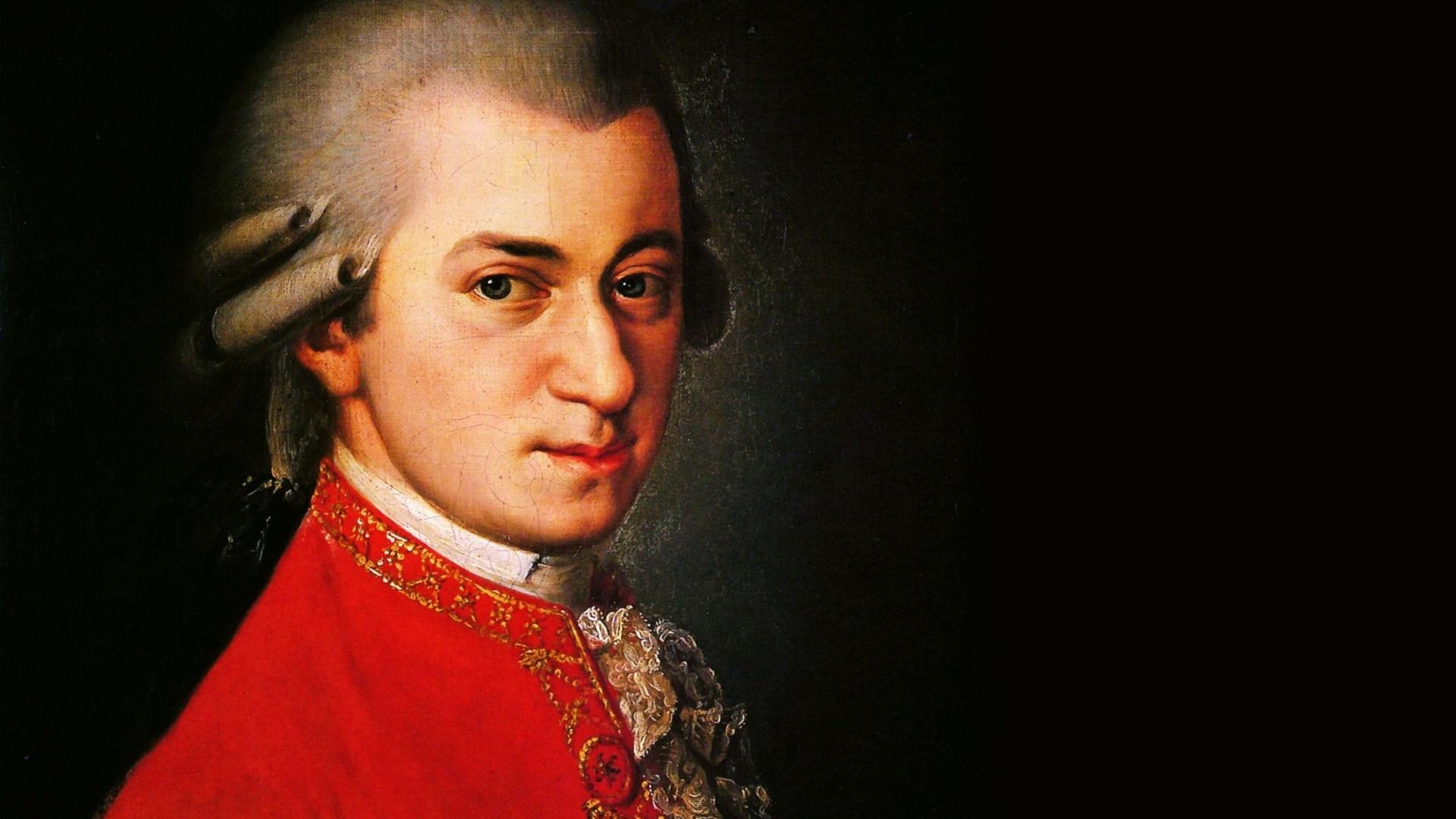
No. 12
Mozart: Requiem

Mozart’s last composition, a Requiem Mass, engendered a long lasting mystery that has fascinated many musicians, playwrights and music historians to this day. There are a number of incomplete and lost manuscripts that Mozart left behind him that have tempted scholars. (I’m still hopeful that a cello concerto by Mozart will still turn up some day.) The incomplete Requiem, however, commissioned anonymously, and literally worked on while Mozart was on his death bed has set tongues wagging for generations. Let’s first set the record straight. Although Mozart may have believed that he was writing his own Requiem, that the writing of the Requiem was actually killing him, we only have Constanze’s memory to substantiate that. Then Antonio Salieri suffered from dementia in his old age; he had to be locked up for his own safety. So his supposed claim to have poisoned Mozart while he was incarcerated were the ravings of a very old, demented guy. But both claims do make for great drama.
Mozart only finished the first two movements of the Requiem, the “Requiem aeternam” and the “Kyrie”. The third movement, the “Sequentia” was completed in skeleton form except for the “Lacrymosa” which was cut short after 8 measures. The fourth movement, the “Offertorium was also sketched out completely. Here and there indications were given of the orchestration that Mozart thought would work and a few sections were fully orchestrated. What was left for someone to finish were accompanying figures, inner harmonies and the orchestral doubling of the vocal parts. Not too difficult. But the three movements that usually bring a Requiem to an end were yet to be begun at all. So at Mozart’s death, even if his skeletal movements could be realized there was still half a Requiem to be composed from scratch.
The Requiem was commissioned by Count Franz von Walsegg, who had a habit of commissioning works from composers and then passing the works off as his own. As far as we know, he had never before approached Mozart. But after his young wife died, he sent a messenger, his steward Franz Anton Leitgeb, off to Mozart, asking what it would take for Mozart to write a Requiem. Apparently, Mozart, strapped for cash as he usually was, told the messenger he would do it, but he needed a cash advance, half up front and half after the completed Requiem was delivered. Mozart also told Leitgeb that he couldn’t get to it immediately. The messenger reported back to the Count, and he duly returned with the Count’s assent and the cash.
Upon Mozart’s death, this uncompleted Requiem presented Constanze, Mozart’s widow, with a problem. In order to get the second half of the payment for the Requiem and to keep Walsegg from demanding the return of the first half, she needed to get the Requiem completed and on the quiet. Walsegg had paid for a Mozart Requiem and that’s what Constanze intended that Walsegg would get. So in secret she hired first Joseph von Eybler, who managed to flesh out Mozart’s skeletons, but was unable to convincingly write the rest of the Requiem in a manner that could be thought of as Mozart’s. Constanze then turned to Franz Xaver Sussmayr who (some believe with the help of other nameless composers…Salieri himself?) managed to complete the Requiem. In 1792 the completed score was sent off to the Count complete with Mozart’s forged signature. Constanze collected the last half of the commission.
Ever since scholars and musicologists have attempted their own completions based on what they think they know about Mozart’s work and his musical habits. For, after the facts came to light, an opinion crystalized into fact, that it should have been obvious along. Mozart’s dramatic half of the Requiem is clearly better than Sussmayr’s pedestrian half. It did not seem to matter to these scholars and musicologists that audiences have been appreciating the Requiem (half Mozart & half Sussmayr) since the 1790s. And there we should probably leave it for now.
Top 40 Countdown
A few years ago the listeners to WNED Classical told us what they thought a TOP 40 list of Classical pieces should be. Six hundred and twenty-two different pieces were put forward, and over nine hundred listeners participated. The result, The WNED Classical Top 40, was both startling and comforting. There were a number of surprises, Stravinsky and Copland made the list; Mendelssohn and Schumann did not! It was comforting to know that the two most popular composers were Beethoven and J.S. Bach. The biggest surprise of all was the piece that crowned the list as No. 1.